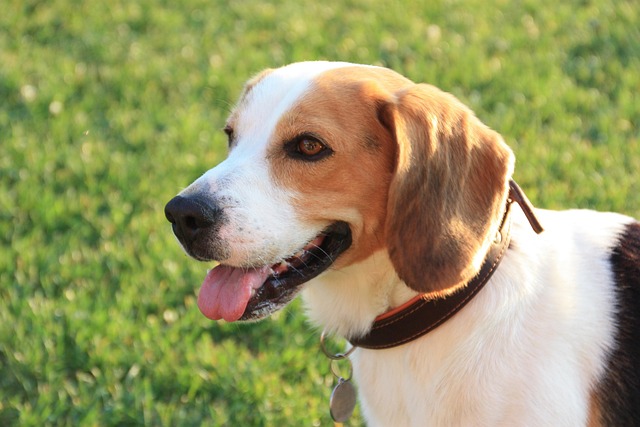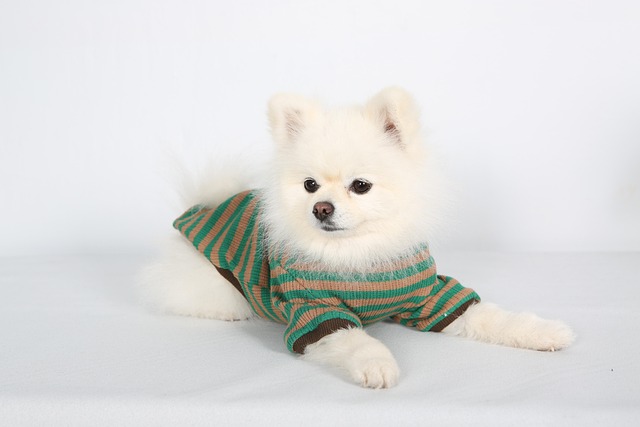
What vitamin is good for dogs' skin
Seeing your dog constantly scratch or noticing dry, flaky skin can make you wonder if a simple vitamin might be the solution.
Ever watch your dog panic as you grab your keys? That frantic barking, chewed door frame, or puddle by the exit isn't just bad manners – it's often separation anxiety. But where does it come from? Is it something dogs are born with, or do they learn to feel this intense fear when alone? The answer, like most things in dog behavior, isn't simple black and white. It's usually a complex mix of genetics, early experiences, and specific learning.
Genetics play a foundational role. Think of it like a predisposition. Certain breeds historically bred for close human companionship – Velcro dogs like Vizslas, Labradors, or many toy breeds – might be more biologically inclined to feel distressed when isolated. Puppies separated too early from their litter (before 8 weeks) often miss crucial lessons in self-soothing, potentially setting the stage for later anxiety. So, while the anxiety itself isn't directly inherited like coat color, the potential for developing it under certain circumstances often is. This inherent sensitivity interacts powerfully with life experiences.
This is where learning enters the picture. Separation anxiety development is significantly influenced by a dog's history. A rescue dog previously abandoned or spending long periods isolated in a shelter may learn that being alone predicts scary outcomes or intense loneliness. A pandemic puppy raised with constant human presence might never have learned how to be comfortably alone – it's simply outside their experience. Negative associations can also form through single traumatic events. Imagine a dog left alone during a violent thunderstorm; the intense fear experienced during that storm can become linked to the state of being alone itself. They learn to anticipate terror whenever their person leaves. Crucially, even well-meaning responses can accidentally reinforce anxiety. Rushing back inside when hearing frantic barking or offering excessive, prolonged farewells teaches the dog that distressed behavior makes you reappear.

Understanding this learning component is vital because it dictates our approach. Punishment is never the answer and is culturally unacceptable in modern Western pet care, aligned with animal welfare laws emphasizing humane treatment. Yelling at a dog for chewing the door or crating them forcibly only increases their fear and confirms their worst fears about isolation. It damages trust and worsens the problem. Instead, positive reinforcement training is the ethical and effective cornerstone. We must help the dog learn that being alone is safe and even rewarding. This involves systematic desensitization: practicing incredibly short departures (stepping out for literally 5 seconds), returning calmly before anxiety starts, and rewarding quiet behavior. Gradually, very gradually, we increase the time. We also change the emotional association by giving incredibly high-value treats (like a frozen Kong stuffed with peanut butter) only when we leave, creating a positive prediction.
Living situations heavily influence both the development and management of learned anxiety. In apartments, excessive barking or howling isn't just distressing for the dog; it violates noise ordinances and strains neighbor relations. Responsible pet ownership means actively managing this. Beyond training, consider sound-dampening strategies: place a white noise machine near the door, draw curtains to block visual triggers of people leaving, and provide durable, silent chews. Always leash your dog in hallways and elevators, carry biodegradable bags for immediate waste cleanup (mandated in virtually all US and EU municipalities), and respect shared spaces. Compliance with local laws, like rabies vaccinations and licensing, isn't just legal – ensuring regular vet checkups rules out medical causes for sudden anxiety changes, like thyroid issues or pain. A friend in London found her rescue Spaniel's anxiety stemmed partly from hearing the communal hallway door slam; simply moving the dog's safe space to a quieter room and using a pheromone diffuser made a huge difference alongside gradual training.
So, is separation anxiety purely learned? Not entirely. It's often the result of an innately sensitive dog encountering experiences that teach them being alone is dangerous or unbearable. The powerful takeaway is this: while genetics load the gun, environment often pulls the trigger. The fantastic news is that learning works both ways. Through patient, force-free methods rooted in behavioral science, we can help dogs unlearn their fear and learn new, calm associations with solitude. It requires commitment and often professional guidance for severe cases, but understanding the learned component empowers us to be part of the solution.

Seeing your dog constantly scratch or noticing dry, flaky skin can make you wonder if a simple vitamin might be the solution.

If you’re a new dog parent in the US—maybe you’re sitting on your Portland apartment couch, staring at your 1-year-old Australian Shepherd

If you’re a new dog parent in the US—maybe you’re sitting on your Atlanta apartment floor, holding your 6-week-old Beagle puppy, Daisy, who’s curled up in your lap

If you’re a new dog parent in the US—maybe you’re standing in your Denver apartment’s kitchen, staring at a bag of high-quality puppy kibble and a bottle

Seeing your puppy grow daily is amazing, and it’s natural to want to give them every advantage, including supplements.

Brown stains on white dog fur aren’t just unsightly—they can also hint at underlying issues like tear duct irritation or poor grooming habits, which matter even more when you’re following local pet care laws.